Home>Articles>How Long Does It Take An Ice Maker To Make Ice
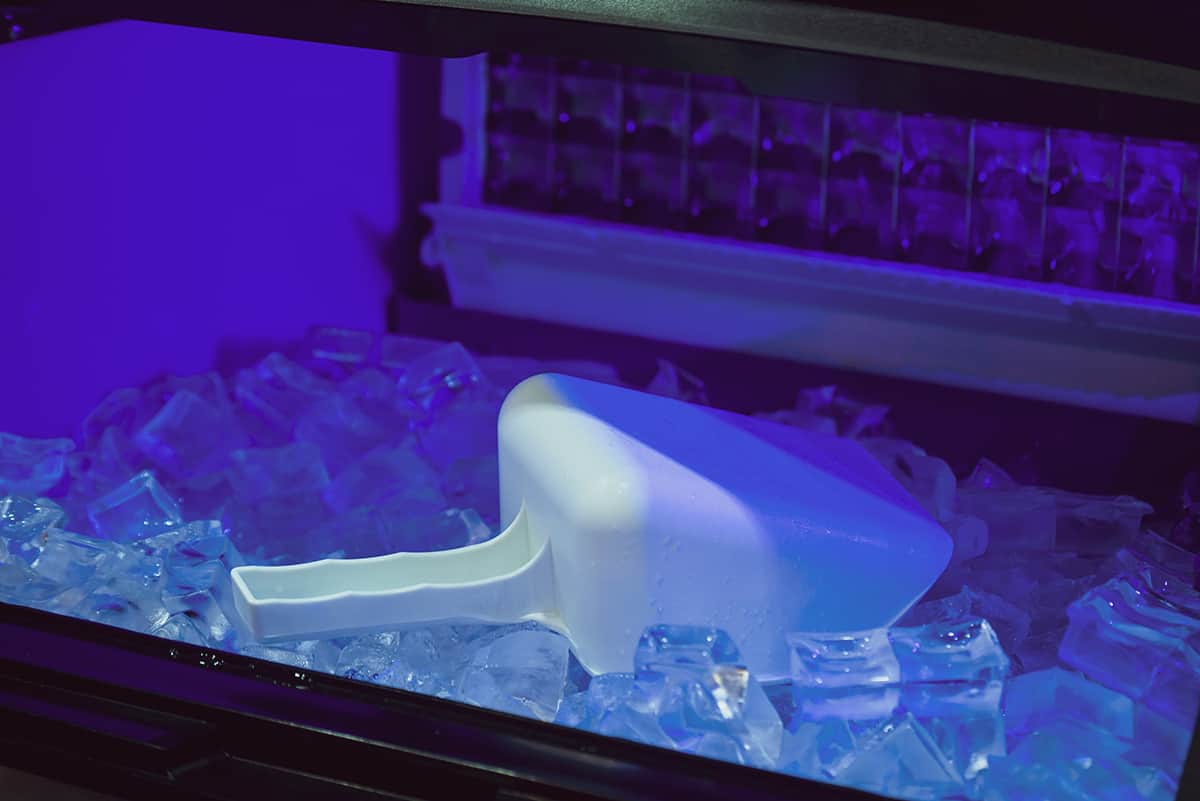

Articles
How Long Does It Take An Ice Maker To Make Ice
Modified: January 21, 2024
Discover how long it takes for an ice maker to produce ice in this insightful article. Get all the information you need to know about ice maker production times.
(Many of the links in this article redirect to a specific reviewed product. Your purchase of these products through affiliate links helps to generate commission for Storables.com, at no extra cost. Learn more)
Introduction
An ice maker is a convenient appliance that can quickly provide a steady supply of ice cubes for various purposes, from keeping drinks cool to hosting parties. However, have you ever wondered how long it takes for an ice maker to produce ice? The answer depends on several factors, such as the type of ice maker and external conditions. In this article, we will explore how ice makers work, the factors that affect ice making time, and some tips to speed up the process.
Key Takeaways:
- Understanding the factors that affect ice making time, such as water temperature and ambient conditions, can help manage expectations and optimize the performance of your ice maker.
- By following simple tips like using cold water, maintaining optimal room temperature, and regular cleaning, you can speed up the ice making process and ensure a steady supply of ice for your needs.
How Ice Makers Work
To understand how long it takes for an ice maker to make ice, it’s important to first understand how these appliances work. Most ice makers operate on the same basic principle. They use a refrigeration system to cool a series of metal plates, commonly known as evaporator plates.
Initially, water enters the ice maker through a supply line and is directed to the evaporator plates. The plates contain small molds that are designed to shape the ice cubes. Once the water reaches the molds, it is frozen by the cold temperature of the plates.
Typically, a heating element or hot gas is used to release the ice cubes from the molds. This heating process causes the ice cubes to detach from the molds and drop into a collection bin below. Once the bin is full, the ice maker will automatically stop producing ice until some ice cubes are removed, allowing space for new ones.
The duration of the ice making process can vary depending on the design and capacity of the ice maker. Some models may produce ice within a matter of minutes, while others may take several hours to complete a full batch of ice.
It is also worth noting that there are various types of ice makers available, including built-in ice makers, countertop ice makers, and portable ice makers. Each type has its own unique features and specifications, which can affect ice making time.
Now that we have a basic understanding of how ice makers work, let’s explore the factors that can influence the time it takes for an ice maker to produce ice.
Factors Affecting Ice Making Time
Several factors can affect the time it takes for an ice maker to make ice. Understanding these factors can help you better manage your expectations and optimize the performance of your ice maker. Here are some of the key factors:
- Type of Ice Maker: Different types of ice makers have different ice making capabilities. Built-in ice makers, typically found in refrigerators, tend to produce ice at a slower pace compared to standalone countertop or portable ice makers.
- Size and Capacity: The size and capacity of an ice maker can impact the ice making time. Larger ice makers with greater capacity may take longer to produce ice compared to smaller models.
- Water Temperature: The temperature of the water entering the ice maker can affect ice making time. Warmer water will generally take longer to freeze than colder water.
- Ambient Temperature: The temperature of the surrounding environment can also influence ice making time. Ice makers tend to work more efficiently in cooler environments, so if the ambient temperature is high, it may take longer for the ice to freeze.
- Water Quality: The quality and composition of the water can impact ice making time. Water with a higher mineral content, such as hard water, may take longer to freeze and produce ice compared to water with lower mineral content.
- Ice Cube Size: The size of the ice cubes being produced can affect the overall ice making time. Larger ice cubes will take longer to freeze compared to smaller cubes.
It’s important to note that these factors are not independent of each other. For example, if the ambient temperature is high and the water temperature is warm, it may take even longer for the ice maker to produce ice. Additionally, the specific design and efficiency of the ice maker can also influence ice making time.
Now that we have explored the factors that affect ice making time, let’s take a look at the standard ice making time for most ice makers.
Standard Ice Making Time
The standard ice making time for most ice makers can vary depending on the type and model. However, as a general guideline, it typically takes around 6 to 8 hours for an ice maker to produce a full bin of ice.
This time frame is based on various factors including the size and capacity of the ice maker, the temperature of the water, the ambient temperature, and the desired ice cube size. It’s important to keep in mind that this is just an estimate, and the actual time can vary.
Some ice makers are designed to produce ice at a faster rate. For example, countertop and portable ice makers are often equipped with more powerful freezing mechanisms, enabling them to produce ice in as little as 6 to 15 minutes per batch.
On the other hand, built-in ice makers in refrigerators may take longer to produce ice due to their smaller capacity and slower freezing capabilities. It’s not uncommon for built-in ice makers to take anywhere from 12 to 24 hours to fill the ice bin completely.
Keep in mind that the first batch of ice from a new ice maker may take longer to produce. This is because the machine needs time to cool down and reach the optimal temperature for efficient ice making. Subsequent batches should take less time once the ice maker has reached its optimum operating conditions.
While standard ice making time can give you a rough estimate, it’s important to refer to the specific manufacturer’s guidelines and instructions for your ice maker for the most accurate information regarding ice making time.
Now that we understand the standard ice making time, let’s explore some factors that can potentially delay the ice production process.
The time it takes for an ice maker to produce ice can vary depending on factors such as the size of the ice cubes and the temperature of the water. Generally, it can take anywhere from 15 minutes to 6 hours for an ice maker to make a full batch of ice.
Factors That Can Delay Ice Production
While the standard ice making time provides a general guideline, there are several factors that can potentially delay the ice production process. These factors can vary depending on the specific conditions and circumstances. Here are some common factors that may impact ice production:
- High Room Temperature: If the ambient temperature is high, it can make it more challenging for the ice maker to cool down and freeze the water. This can result in a longer ice making time.
- Warm Water Temperature: If the water entering the ice maker is warm, it will take longer to freeze the water and produce ice. It is recommended to use cold water to speed up the ice making process.
- Overcrowding the Ice Maker: Overfilling the ice maker with water or having too many ice cubes in the collection bin can slow down the overall ice production. It is important to follow the manufacturer’s instructions regarding the maximum water capacity and ice storage limits.
- Poor Water Quality: Water with a high mineral content, such as hard water, can lead to more frequent mineral buildup and clogging in the ice maker. This can affect the efficiency of the ice maker and result in slower ice production.
- Improper Maintenance: Neglecting regular maintenance, such as cleaning the ice maker and changing the water filter, can lead to reduced performance and slower ice production. It is important to follow the recommended maintenance schedule provided by the manufacturer.
- Power Outages or Malfunctions: Power outages or malfunctions in the ice maker can cause interruptions in the ice making process and delay ice production. Checking the power supply and ensuring the ice maker is functioning properly can help minimize these delays.
It’s important to address these factors to optimize the ice making process and ensure consistent ice production. Regular cleaning, using cold water, and maintaining the appropriate water quality can help mitigate delays in ice production and improve the overall performance of the ice maker.
Now that we have explored the factors that can delay ice production, let’s discuss some tips to speed up the ice making process.
Tips to Speed Up Ice Making Process
If you’re looking to speed up the ice making process and ensure a steady supply of ice, there are several tips and tricks you can follow. These tips can help optimize the performance of your ice maker and reduce the time it takes to produce ice. Here are some useful suggestions:
- Use Cold Water: Fill your ice maker with cold water instead of warm or room temperature water. Cold water will freeze faster and expedite the ice making process.
- Maintain Optimal Room Temperature: Keep your ice maker in a cool environment with a temperature range that falls within the manufacturer’s recommended specifications. This will help facilitate faster ice production.
- Clean Regularly: Regularly clean the ice maker, including the evaporator plates and ice storage bin. A clean ice maker functions more efficiently, allowing for faster freezing and ice production.
- Check Water Filter: Ensure that the water filter in your ice maker is clean and not clogged. A dirty or clogged filter can hinder water flow and slow down the ice making process.
- Don’t Overfill: Avoid overfilling the ice maker with water. Follow the manufacturer’s instructions regarding the maximum water capacity to ensure optimal ice production.
- Remove Ice Regularly: Empty the ice storage bin regularly to create space for new ice cubes. This will prevent the ice maker from halting production due to a full bin.
- Consider Ice Cube Size: If your ice maker offers options for different ice cube sizes, selecting smaller cube sizes can accelerate the freezing process and speed up ice production.
- Monitor Water Quality: If you have hard water, consider using a water softener or filtering system to reduce the mineral content and prevent mineral buildup in the ice maker. This can help optimize ice production.
- Follow Manufacturer’s Instructions: Always refer to the manufacturer’s guidelines and instructions specific to your ice maker. They may provide additional tips and recommendations to maximize ice making efficiency.
By following these tips, you can enhance the performance of your ice maker and reduce the time it takes to produce ice. Keep in mind that the exact impact of each tip may vary depending on the specific ice maker model and its capabilities.
Now that we have covered the various tips to speed up the ice making process, let’s wrap up our discussion.
Conclusion
An ice maker is a valuable appliance that provides convenience by supplying a steady stream of ice cubes. While the time it takes for an ice maker to produce ice can vary, understanding how ice makers work and the factors that affect ice making time can help manage expectations and optimize performance.
Ice makers work by using a refrigeration system to cool metal plates, which freeze water into ice molds. Factors such as the type of ice maker, size and capacity, water and ambient temperature, water quality, and ice cube size can influence ice making time.
The standard ice making time for most ice makers is around 6 to 8 hours to fill the ice bin completely. However, this can differ depending on the specific ice maker model and its capabilities. Countertop and portable ice makers tend to produce ice at a faster rate compared to built-in ice makers in refrigerators.
Several factors can delay ice production, including high room temperature, warm water temperature, overcrowding the ice maker, poor water quality, improper maintenance, and power outages or malfunctions. Addressing these factors and maintaining the ice maker properly can help minimize delays and ensure consistent ice production.
To speed up the ice making process, it is advisable to use cold water, maintain optimal room temperature, clean the ice maker regularly, check the water filter, avoid overfilling, remove ice cubes regularly, consider ice cube size, monitor water quality, and follow the manufacturer’s instructions.
By implementing these tips, you can optimize the ice making process, reduce ice making time, and enjoy a continuous supply of ice for your various needs.
In conclusion, understanding how ice makers work, the factors affecting ice making time, and implementing the recommended tips can help you get the most out of your ice maker and ensure you always have ice readily available. So, sit back, relax, and enjoy the convenience of your efficient ice maker!
Frequently Asked Questions about How Long Does It Take An Ice Maker To Make Ice
Was this page helpful?
At Storables.com, we guarantee accurate and reliable information. Our content, validated by Expert Board Contributors, is crafted following stringent Editorial Policies. We're committed to providing you with well-researched, expert-backed insights for all your informational needs.
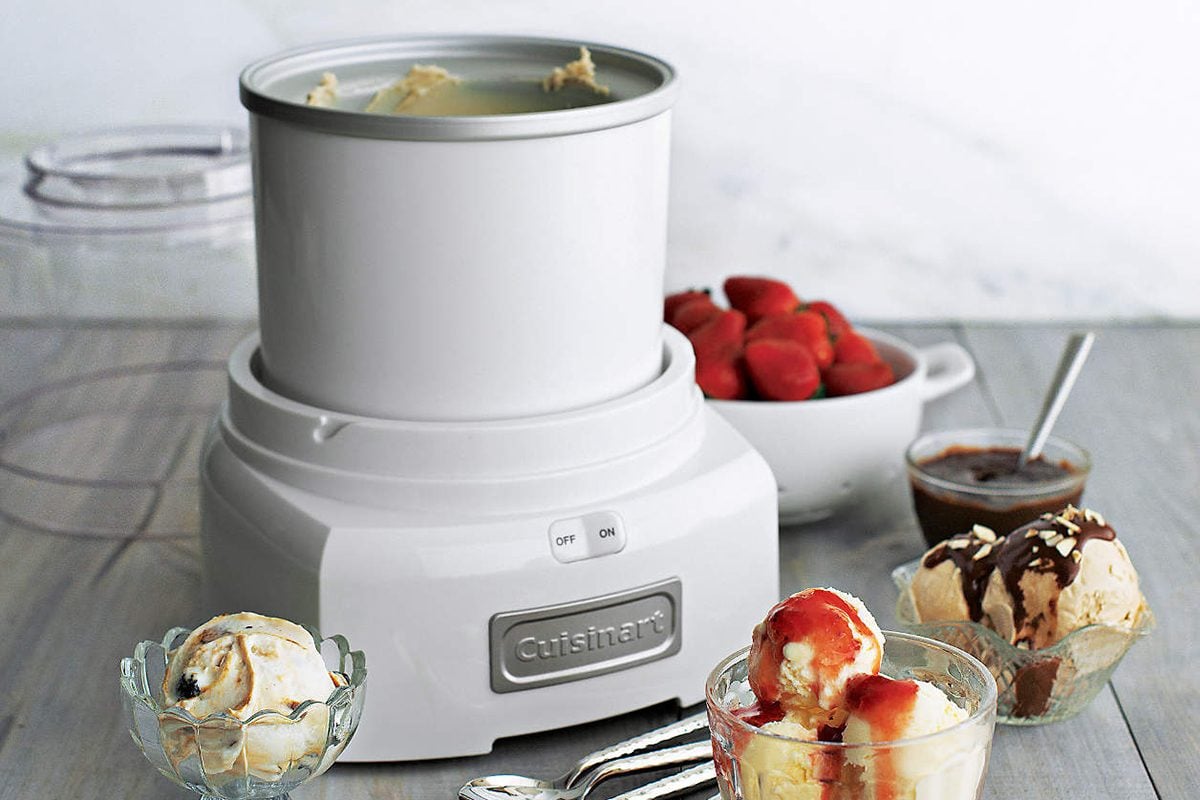
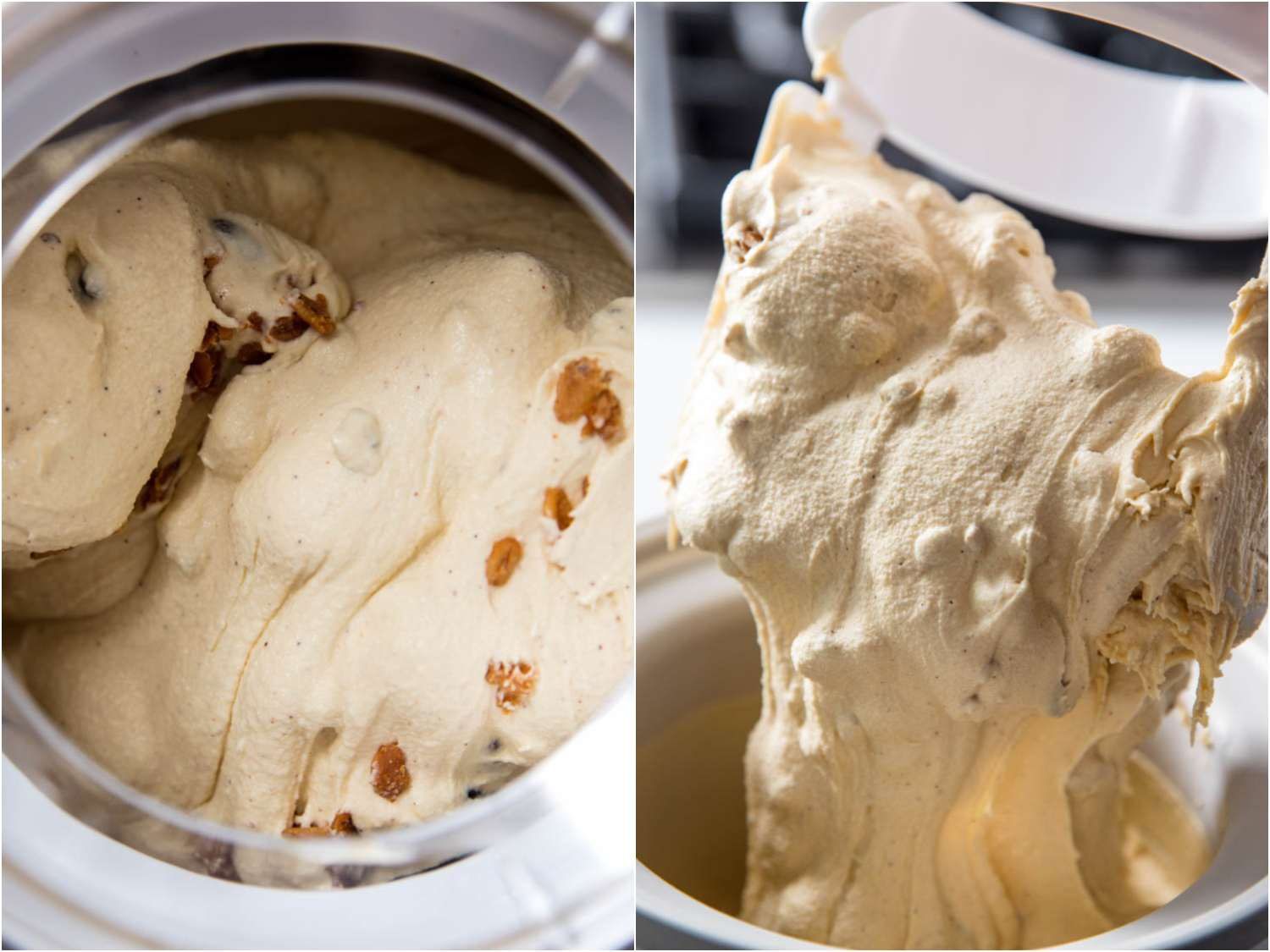
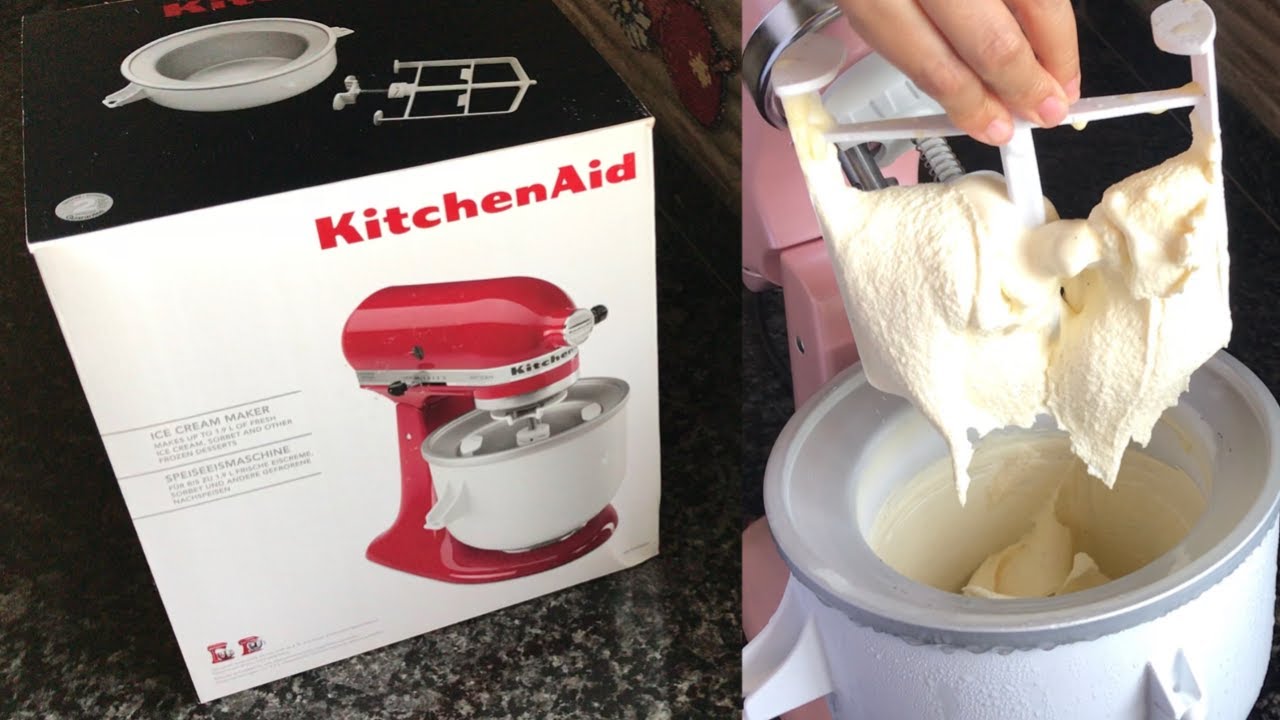
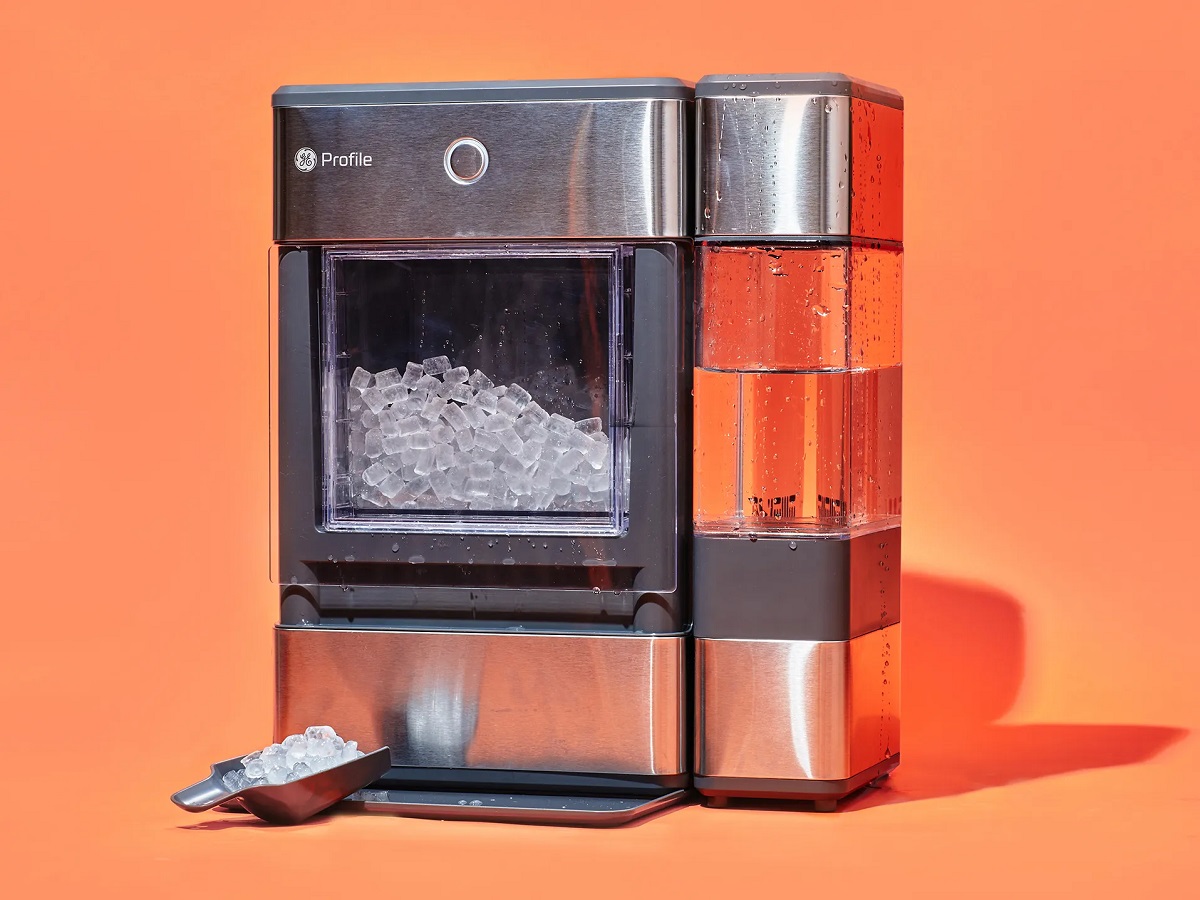
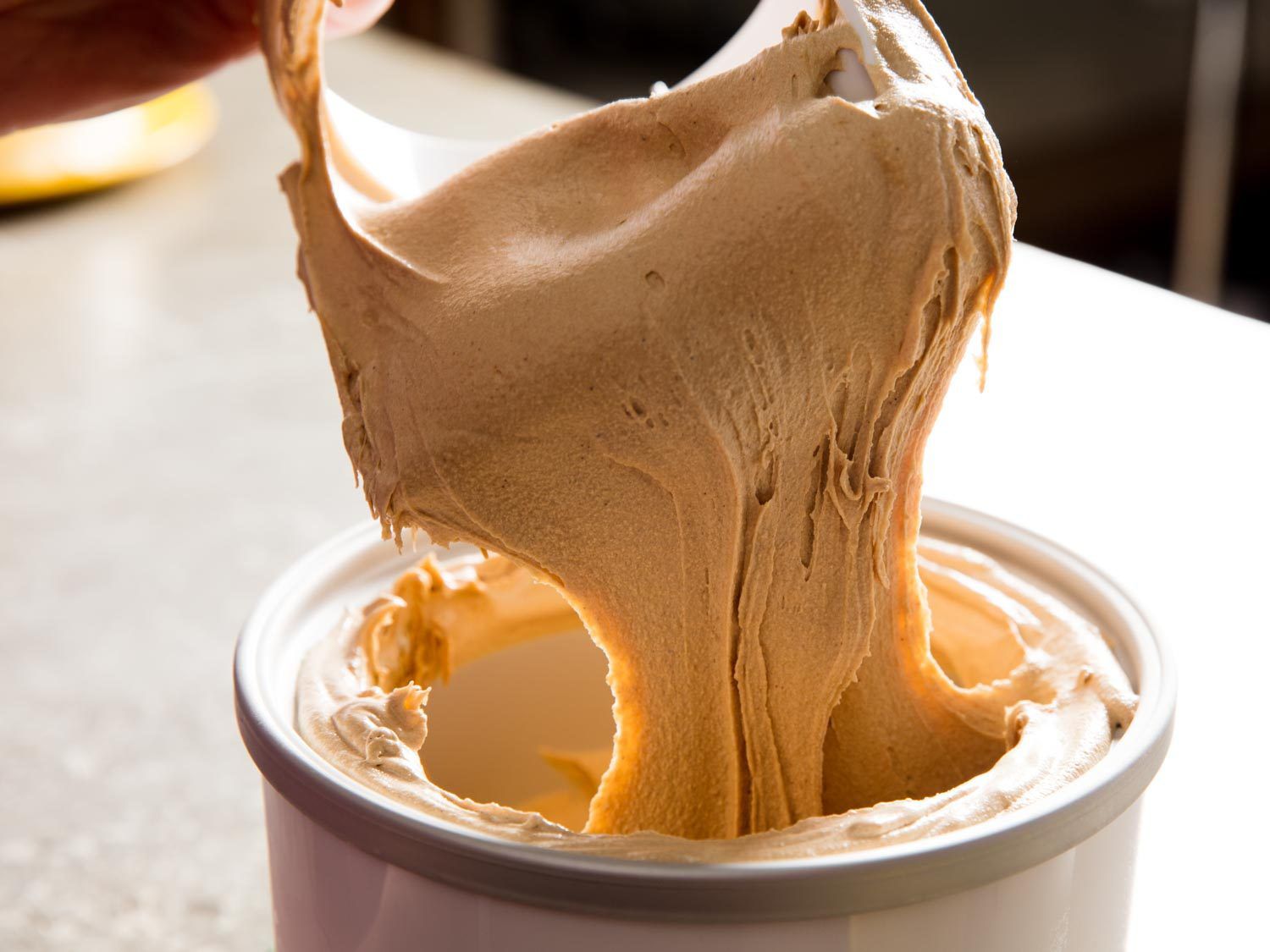
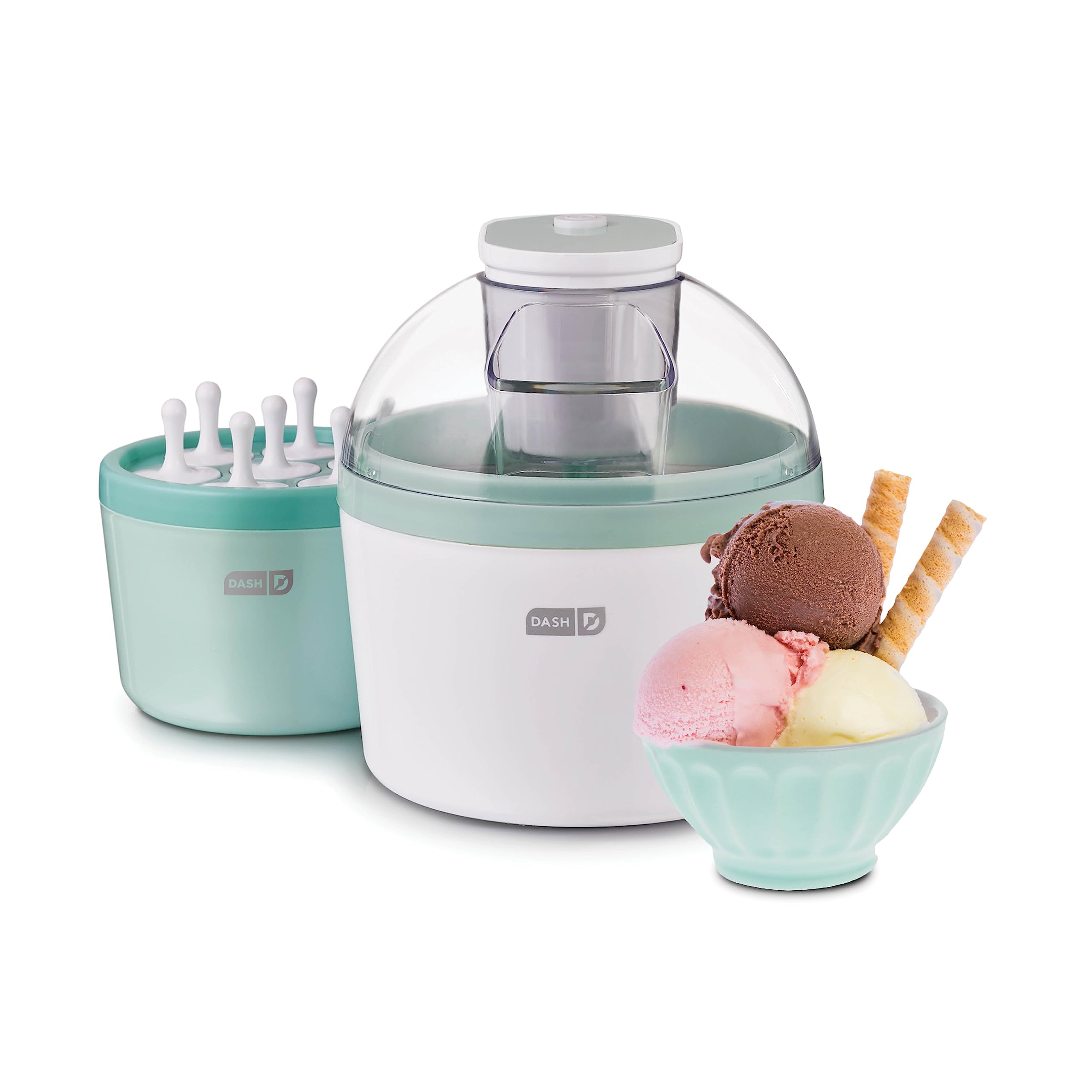
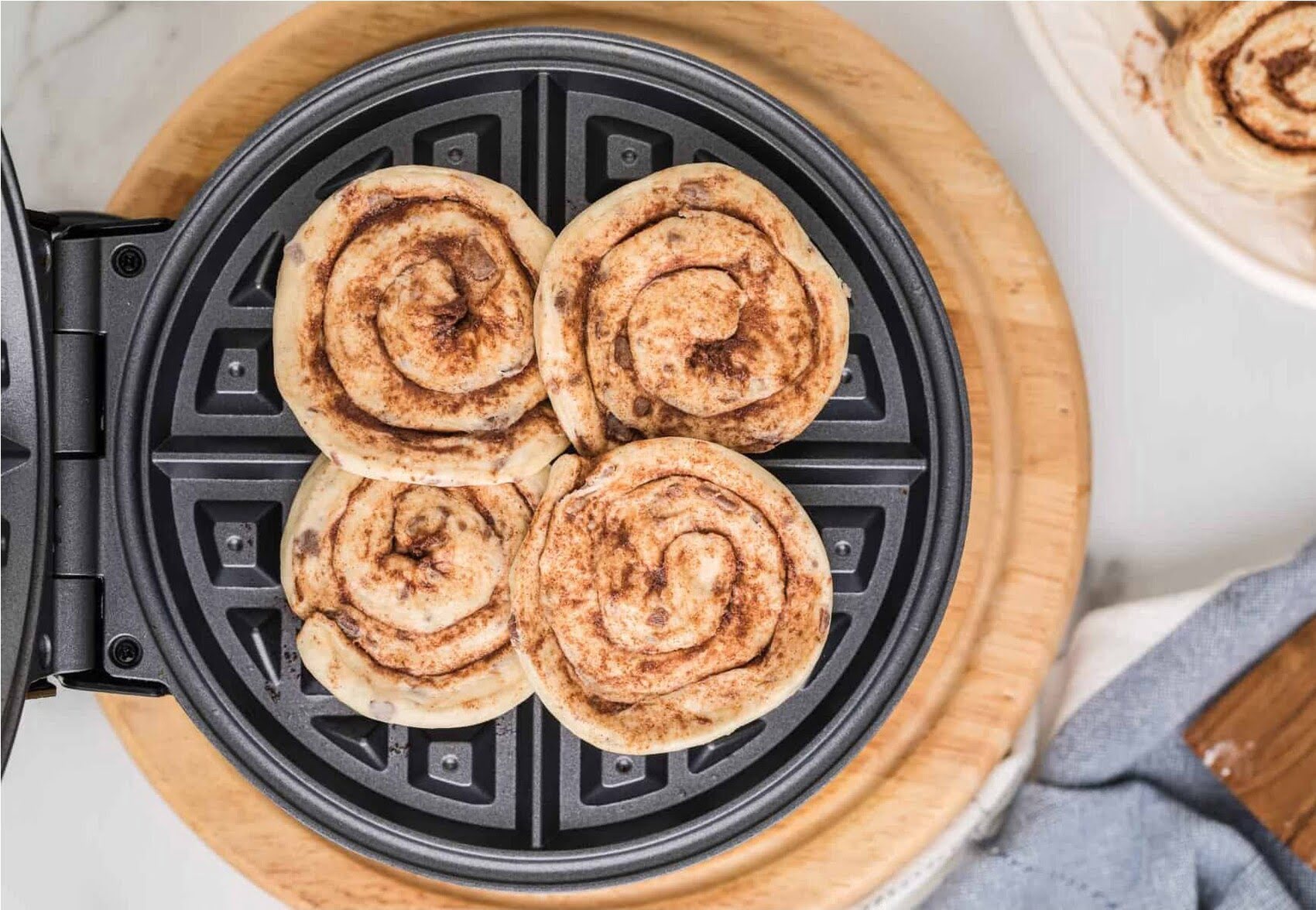
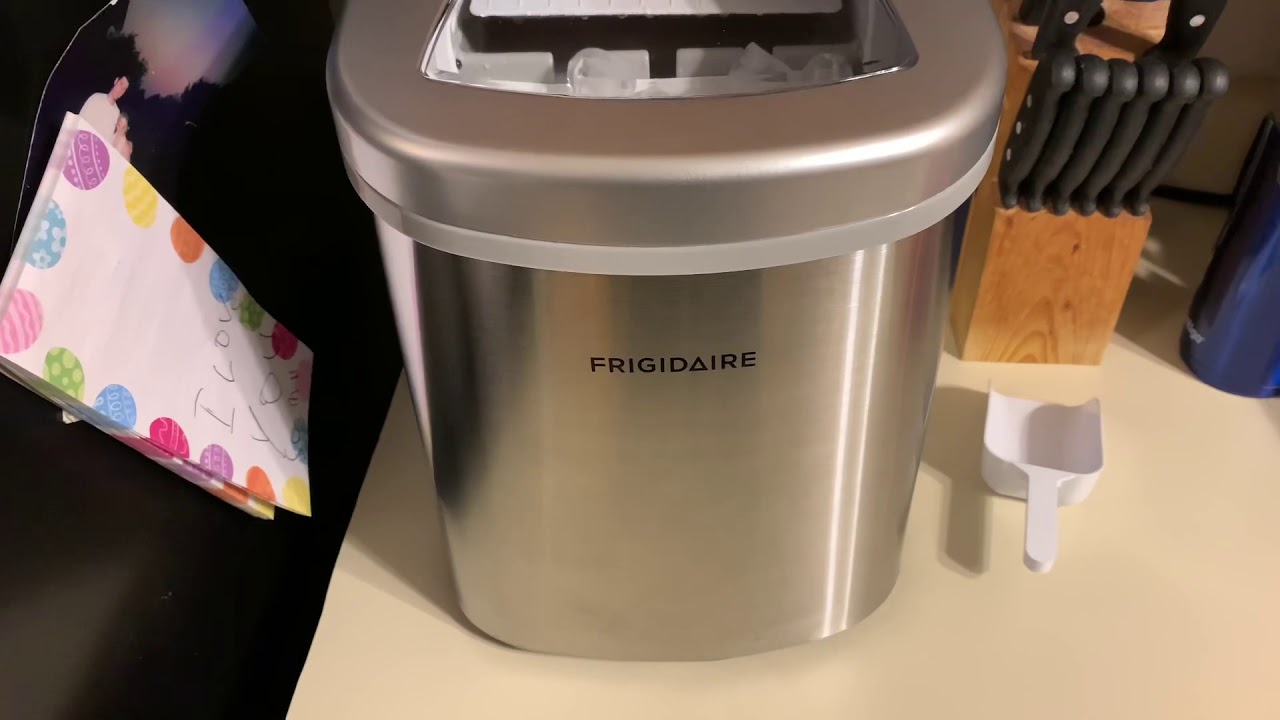
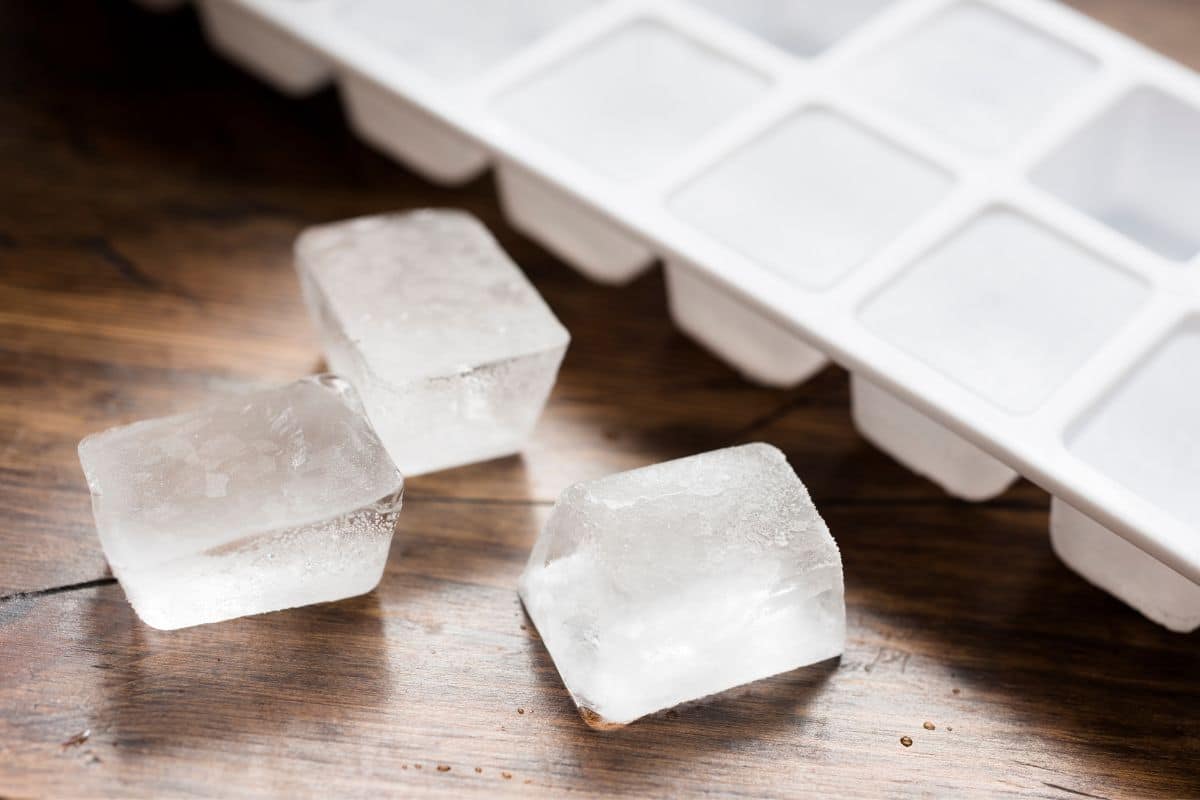
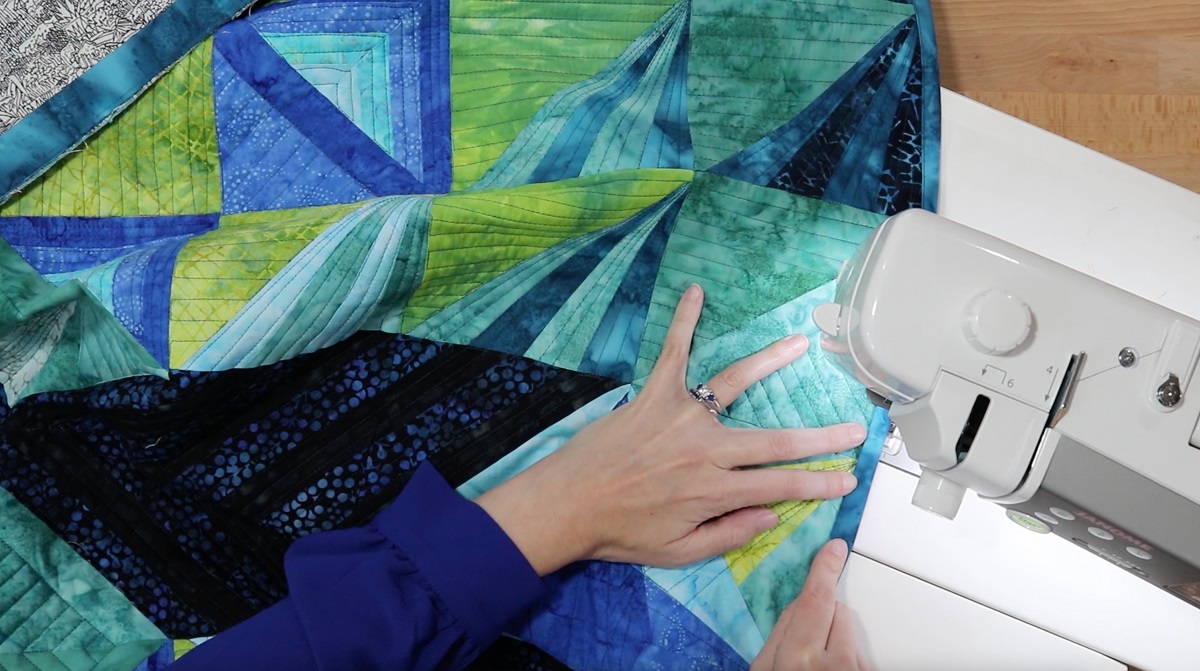
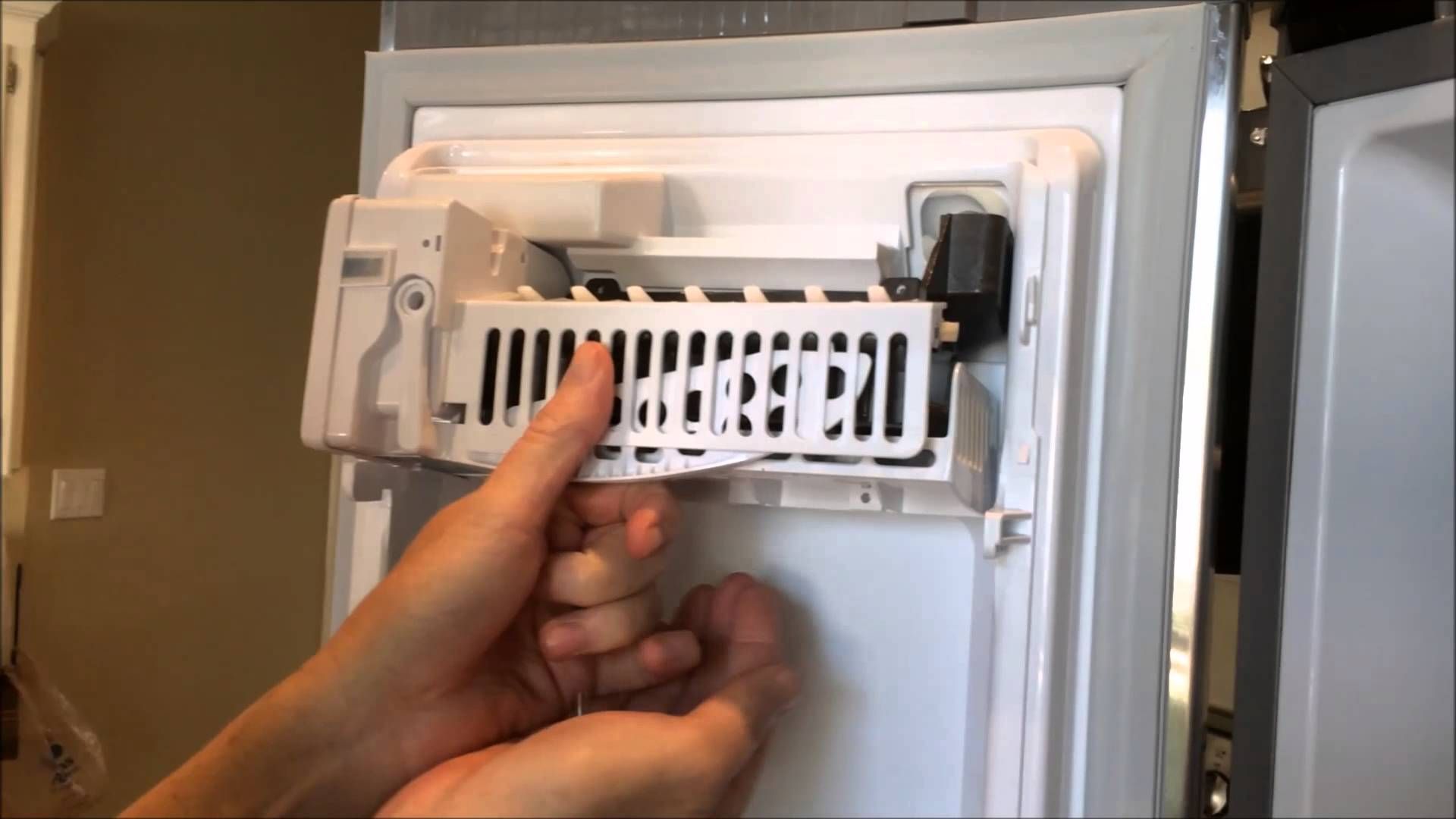
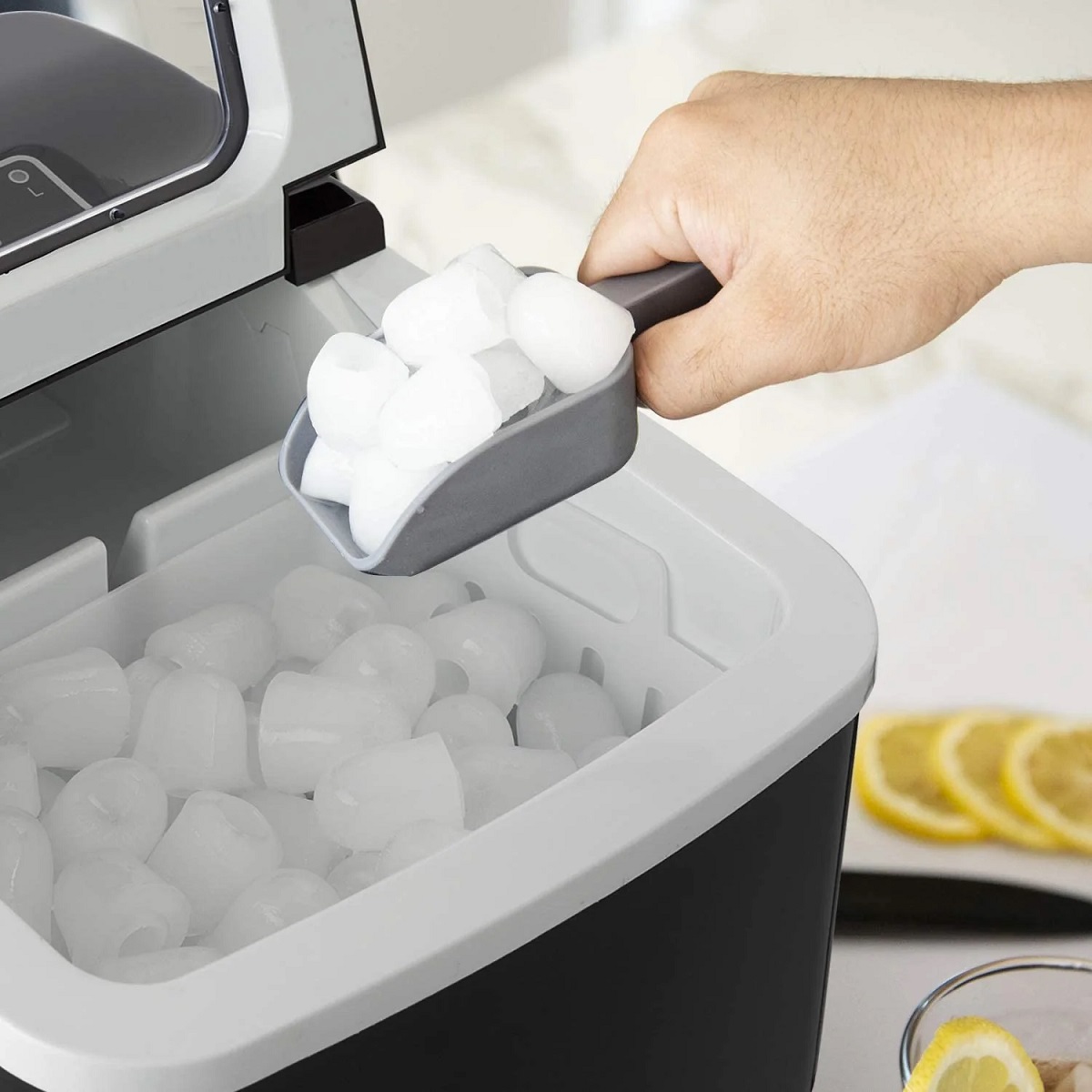
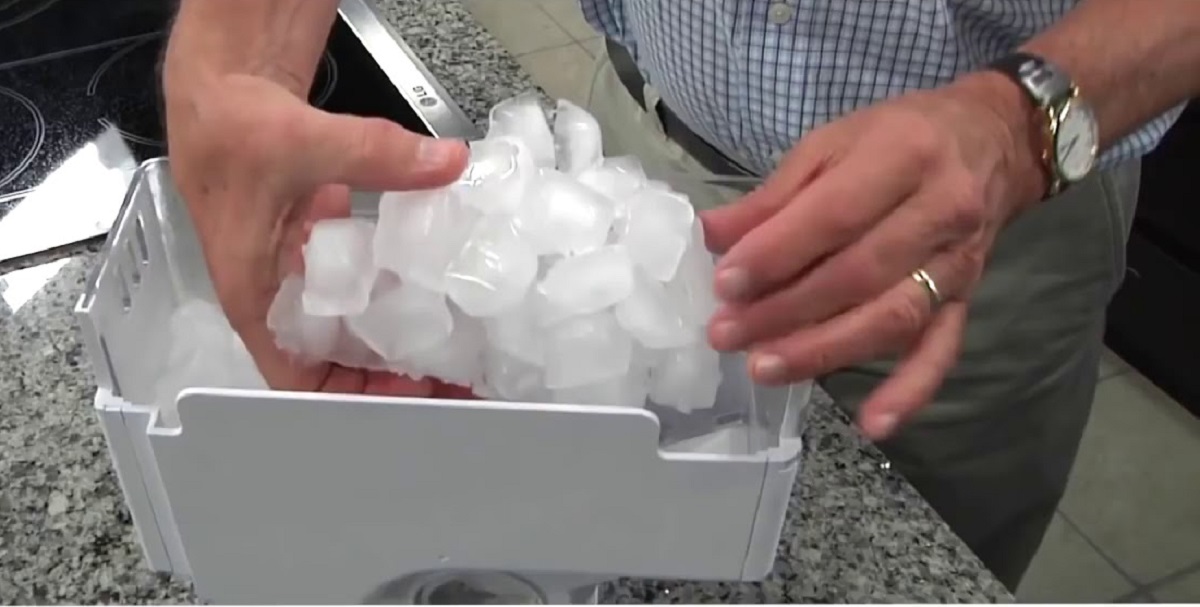
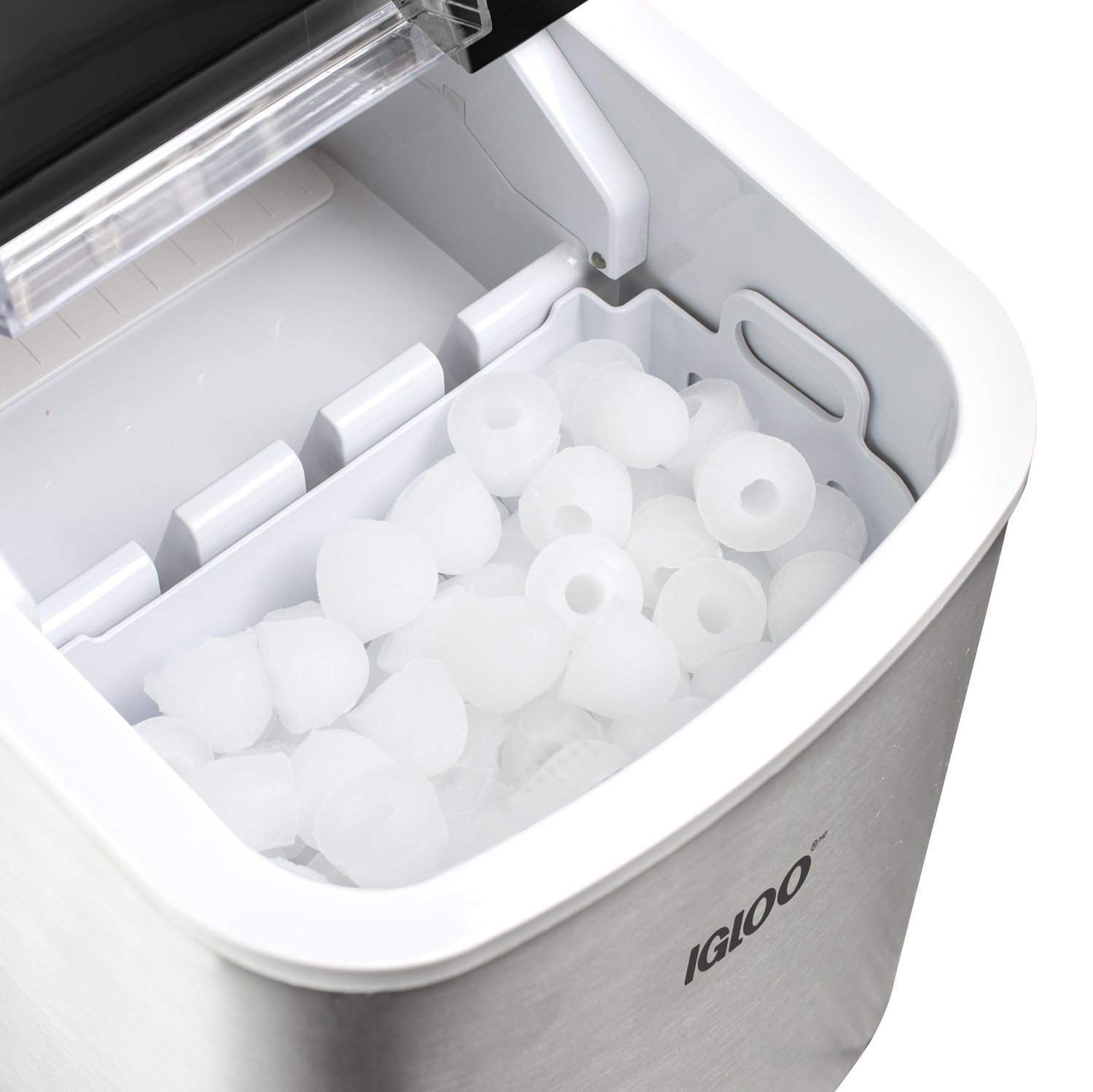

0 thoughts on “How Long Does It Take An Ice Maker To Make Ice”